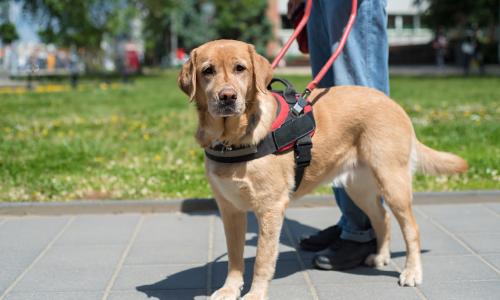
Sentence deconstruction is a strategy that helps students break down dense and lengthy sentences found in academic texts. This strategy is part of Colorin Colorado's ELL Strategy Library and can be used to support academic language development for all students.
Strategy Overview
How This Strategy Supports Students' Language Development
Through sentence desconstruction, students identify key points and pieces of information in a complex sentence. Then they break down the sentence into smaller pieces in order to understand it in its entirety.
Academic language uses highly complex sentence structures. These types of sentences often have many details packed into a single sentence, making them complex as readers are expected to retain the details to comprehend the sentence. Teaching students how to understand them develops their academic reading skills in different content areas.
Step-by-Step Instructions
- Find a complex sentence in a text that students have read.
- Model how to list all the ideas and details in the sentence as individual bullet points in your own words. See example below.
Re-read the list of details to more fully comprehend the sentence.
Have students practice in teams with another complex sentence from the same text.
Lessons Learned
- Use this strategy as a post-reading activity. Students should already understand the concepts and text, so they can focus on the analysis of the complex sentence.
- This is not sentence diagramming. It is a process for deconstructing the sentence for information and details, not grammatical elements.
- Teach students to notice commas, which often signal an additional detail.
- Rather than just writing bullet points directly from the text, encourage students to put each bullet point in their own words so they thoroughly comprehend each detail.
- Write each detail in a different color to distinguish between details (see example below).
Differentiation
Entering/Emerging:
- Choose a sentence students understand completely already.
- Choose a sentence with fewer details.
- Model the process several times before asking students to work with their partner to deconstruct a sentence with a similar structure (e.g., list of three).
- Model the process with a sentence from the students' heritage language, if possible.
Developing/Expanding:
- Ask students to choose their own sentences to deconstruct. Have them find a complex sentence with many details. Over time, increase the complexity of the sentences that students are deconstructing.
- Have students work in teams using a digital slide or other format for documenting their work.
- After students deconstruct the sentence with a partner, ask them to report on the meaning of the sentence.
Co-Teaching Considerations
Content or Grade-Level Teacher
- Choose 2-3 grade-level sentences from a text students have read and comprehend.
English Language Development Teacher
- List out all the details to model sentence deconstruction with the class.
- Model turning the ideas into your own words.
- Monitor small groups as they deconstruct another sentence.
- Work with a small group of beginning level students as needed.
Examples
Sentence: Generally, businesses and non-profits that are open to the public as well as state/local governments must allow service animals to go most places where the public can go. This is true even if they have a "no pets" policy.
Color-coded Sentence: Generally, businesses and non-profits that are open to the public, as well as state/local governments, must allow service animals to go most places where the public can go, even if they have a "no pets" policy.
List of details in students' own words:
- This sentence is about service animals.
- Service animals can be in most public places.
- Service animals are allowed even if there is a "no pets" rule.
- This rule is for companies, organizations, and governments.
Background information if needed: Service animals, such as guide dogs, are trained to help people with specific disabilities.
Resources
- Deconstructing a Long Sentence (Saxo Grammaticus)
- Summarizing strategy (Reading Rockets)
- Summarizing strategy (AdLit.org)
References
- Anderson, Jeff. Mechanically Inclined : Building Grammar, Usage, and Style into Writer’s Workshop. Portland, Me., Stenhouse Publishers, 2005.
- Tim Shanahan: What teachers need to know about sentence comprehension
- Deconstructing Language for English Learners (Sonoma County Office of Education)


